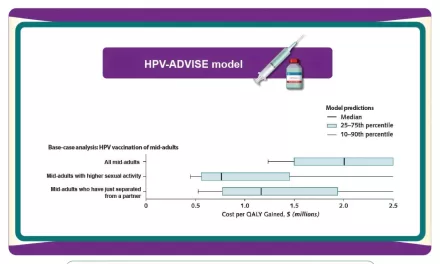Aiming for a daily tally of 7,000 or 10,000 steps has long been touted as a straightforward method to boost physical activity and improve health outcomes. However, recent findings challenge the notion that step count alone is superior to measuring exercise in minutes.
The current U.S. physical activity guidelines advocate for tracking physical activity in minutes — specifically, aiming for at least 150 minutes of moderate-intensity aerobic activity or 75 minutes of vigorous-intensity activity per week. This approach aims to reduce the risk of cardiovascular disease, type 2 diabetes, and other chronic conditions.
Yet, a new study published in JAMA Internal Medicine suggests that both step-based and time-based metrics are equally effective in promoting health benefits. Researchers from the Women’s Health Study analyzed data from nearly 15,000 older women over several years. Participants wore activity monitors continuously for a week and reported their health status regularly.
The study revealed that higher levels of physical activity, whether measured by steps per day or minutes of exercise per week, were associated with a lower risk of death from any cause and fewer cardiovascular disease events. Women in the top quarter of activity levels — whether in steps or minutes — experienced a significant 30% to 40% lower risk compared to their less active peers.
Lead researcher Dr. Rikuta Hamaya from Brigham and Women’s Hospital emphasized the importance of flexibility in physical activity guidelines. “Movement looks different for everyone, and nearly all forms of movement are beneficial to our health,” Hamaya noted in a statement.
The findings underscore the idea that personal preference and lifestyle may dictate whether tracking steps or minutes is more practical. Activities like walking, hiking, and running lend themselves well to step counting, while exercises such as swimming or cycling may be more accurately measured by time.
Experts agree that the key to sustained physical activity lies in finding a method that motivates and suits individual lifestyles. Karly Mendez, a human performance specialist, suggests a balanced approach that incorporates both metrics or even considers intensity levels using heart rate monitoring. “The goal is to find what works for you and keeps you consistently active,” Mendez advised.
While step counting remains a popular choice, especially with the proliferation of wearable devices, health experts caution against fixating solely on numbers. James Rodgers, a seasoned coach, stresses the importance of incorporating diverse exercises beyond step-based goals. “Maintaining a balanced approach to training is crucial,” Rodgers emphasized, advocating for a mix of activities that include strength training for optimal health benefits.
In essence, whether you’re tracking steps or minutes, the overarching goal remains the same: to stay active in a way that is enjoyable and sustainable. By personalizing your approach to fitness and incorporating variety into your routine, you can maximize the health benefits of physical activity.
As research continues to explore the nuances of exercise tracking, the message is clear: move more, sit less, and find the method that works best for your lifestyle and goals.












